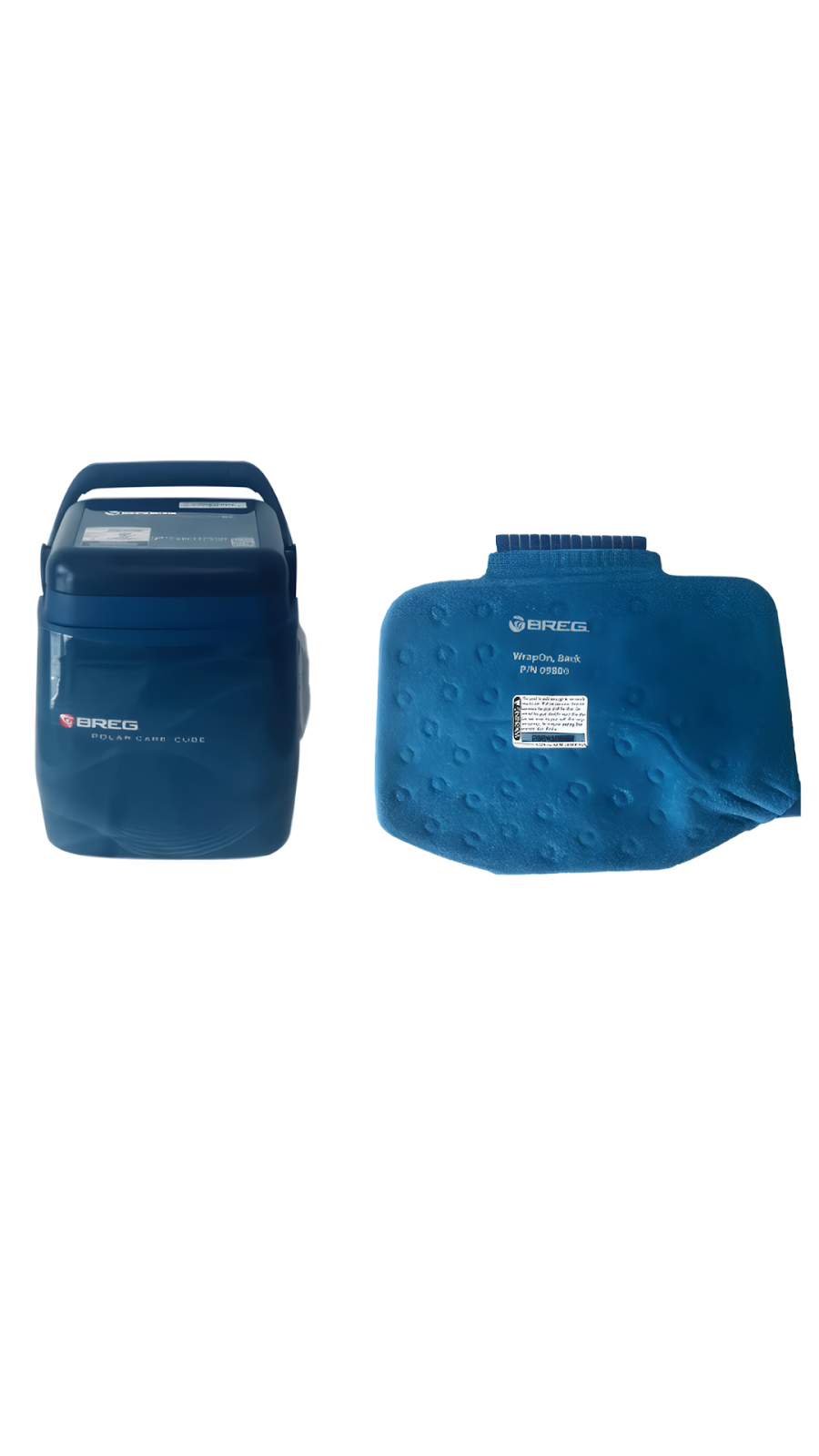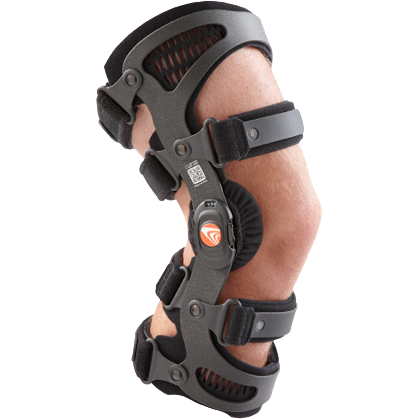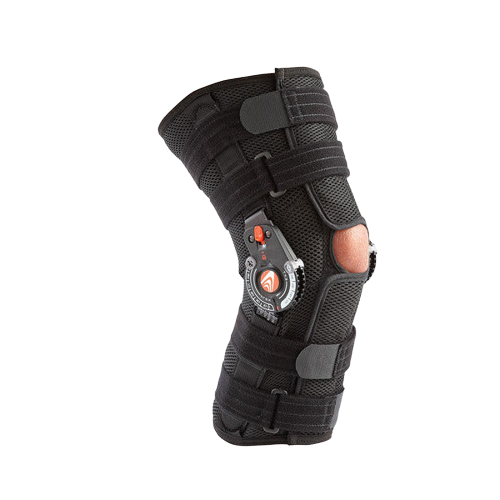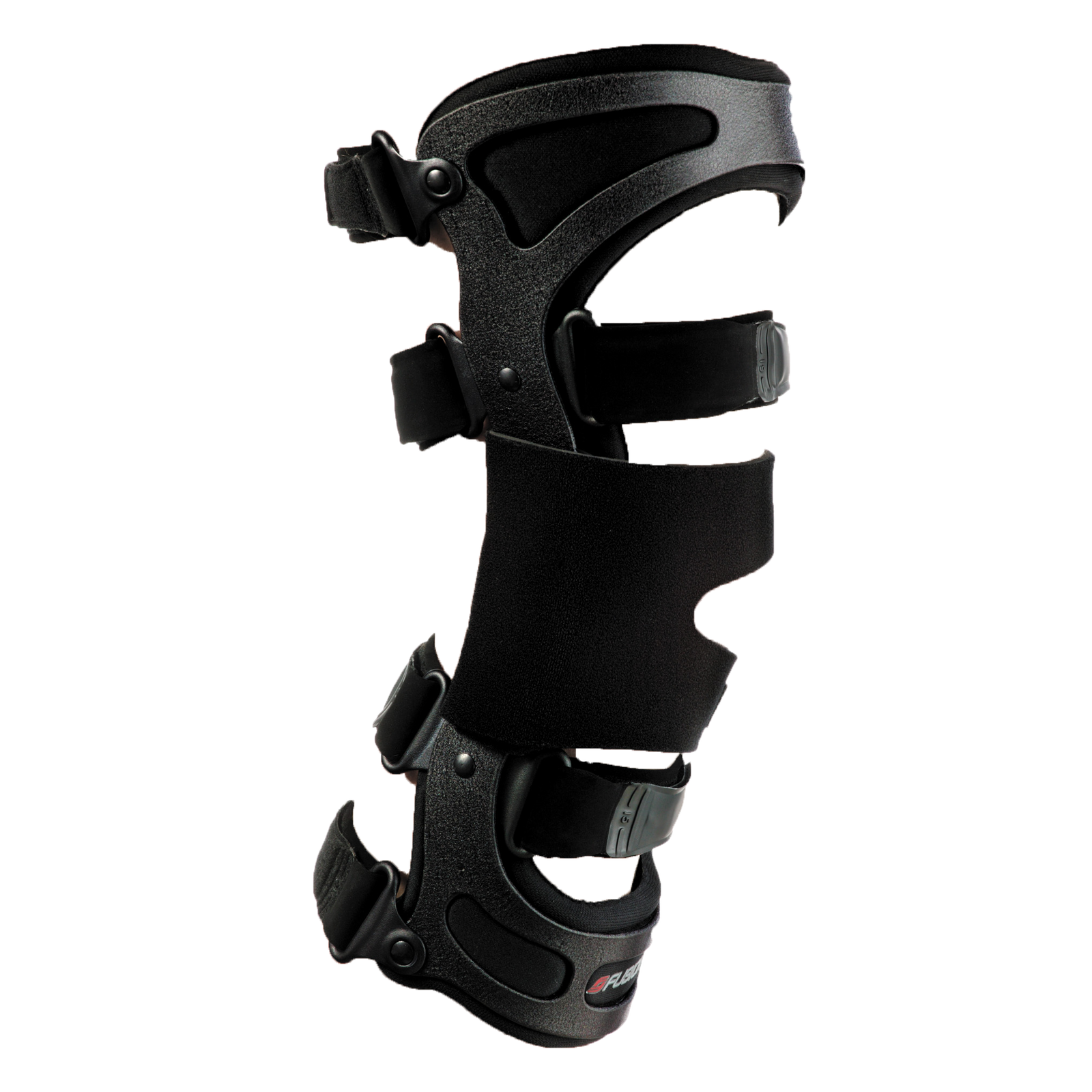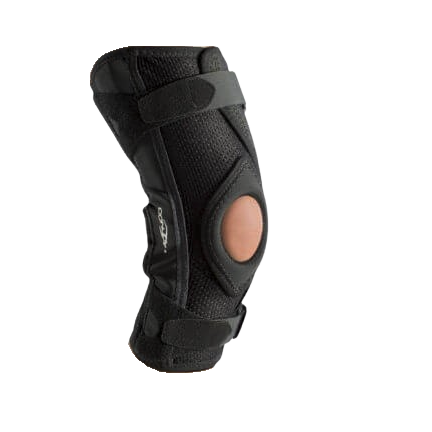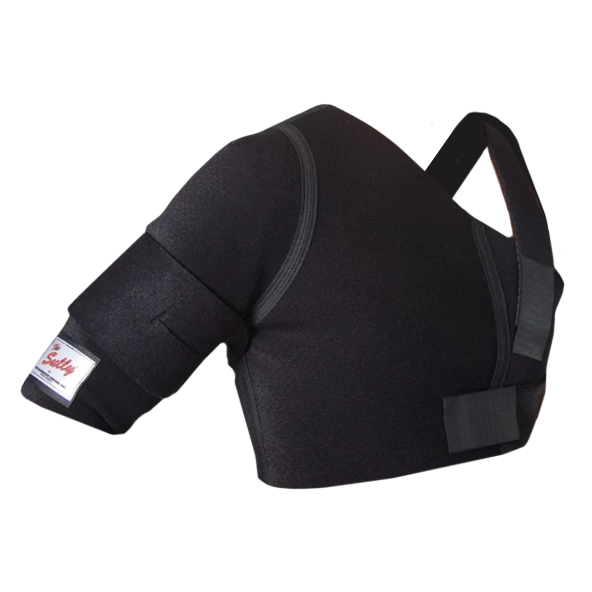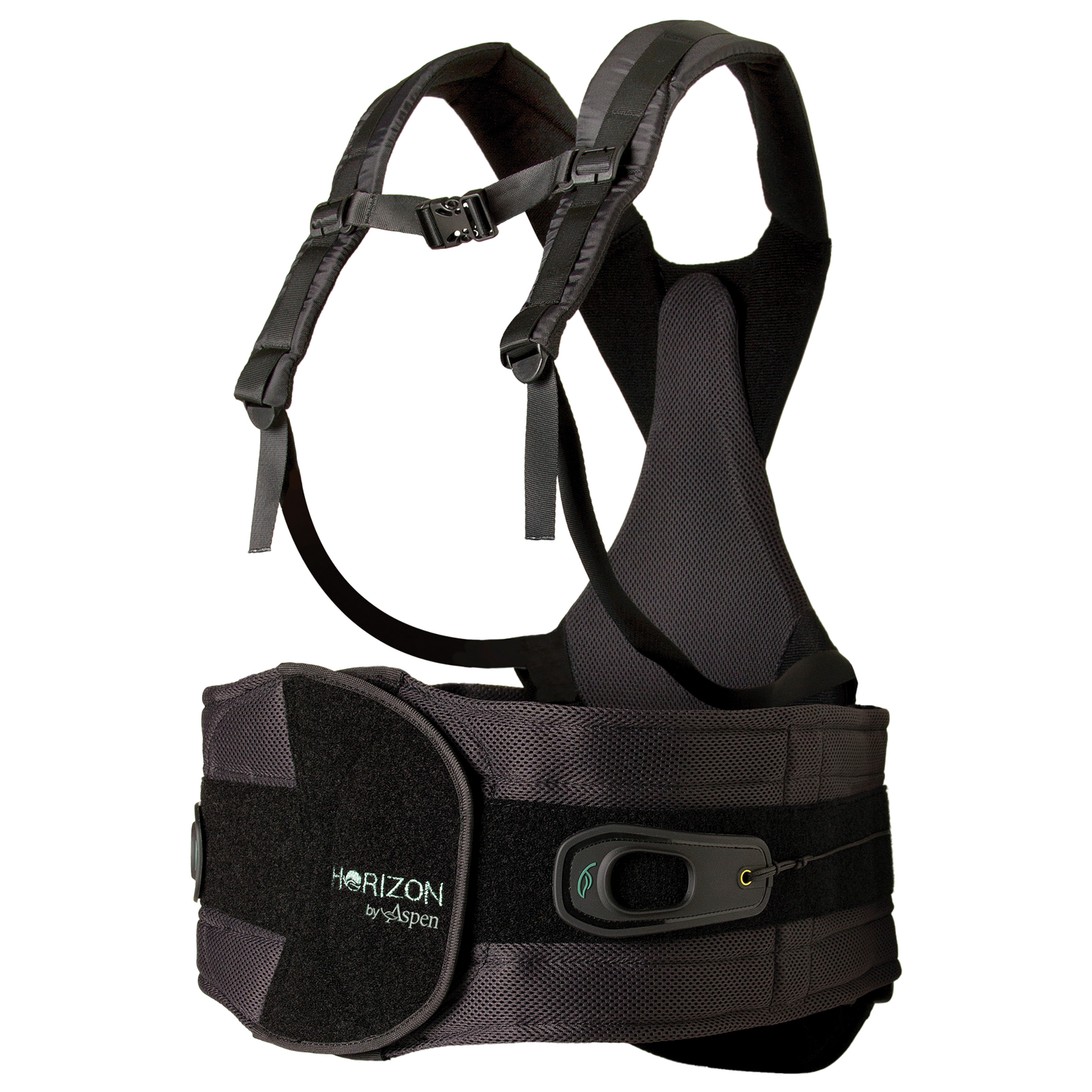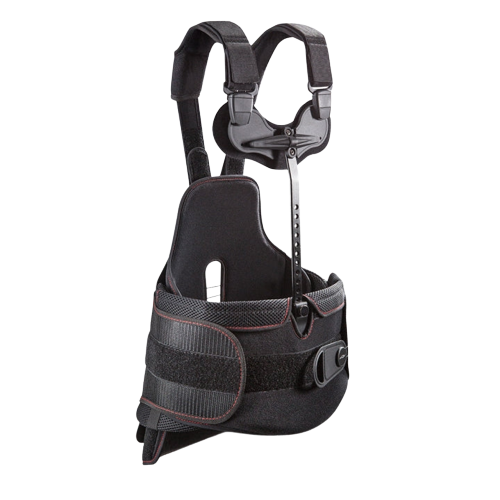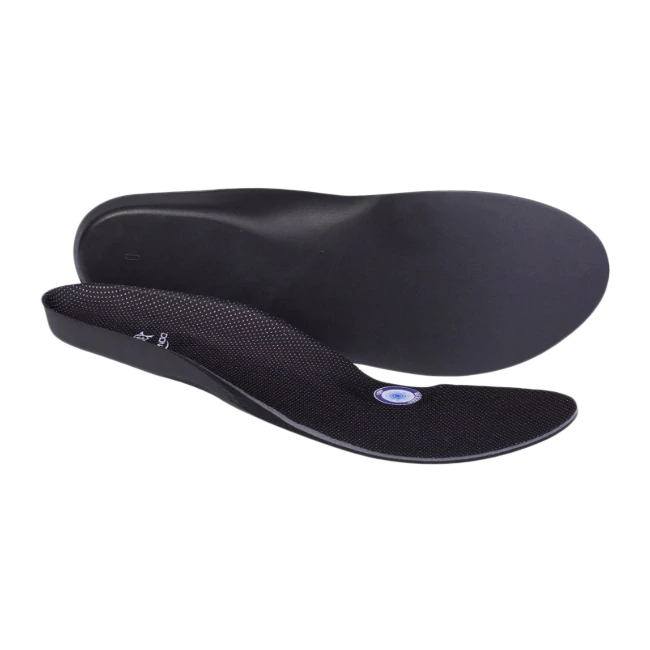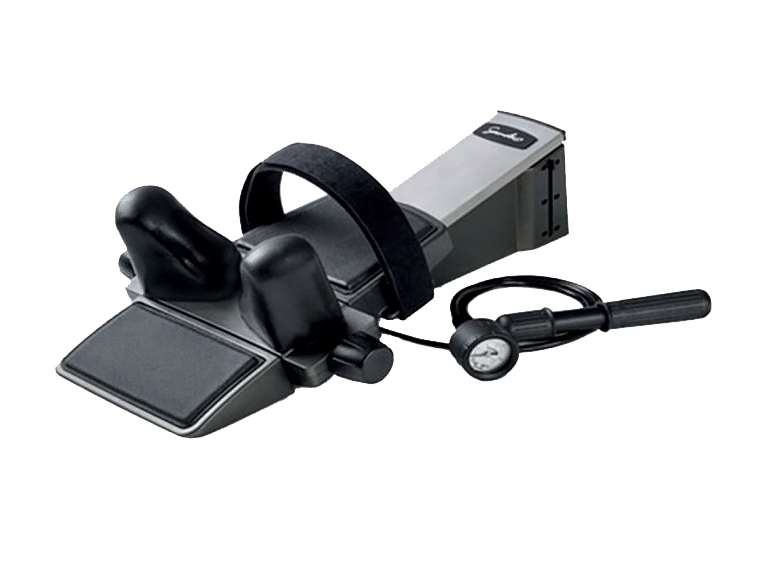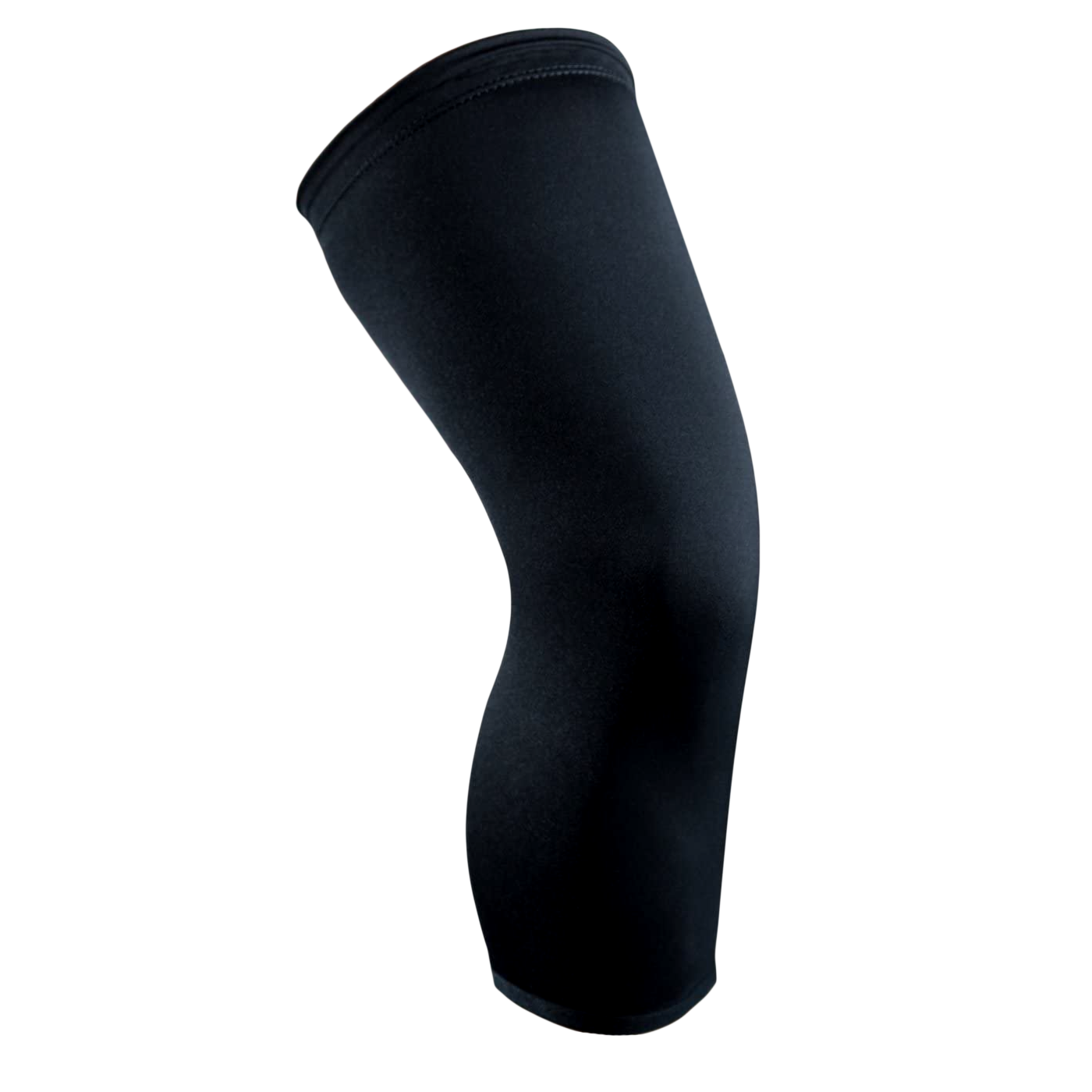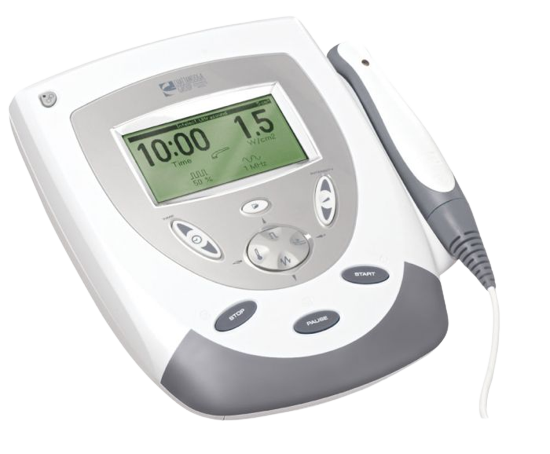
Key Takeaways:
- Reduce Pain And Inflammation: Ice machines significantly enhance comfort and speed up recovery from shoulder surgery by providing controlled cold therapy to reduce pain and inflammation.
- Follow Healthcare Recommendations: Proper use involves following healthcare provider recommendations, using a barrier between skin and ice pad, and regular machine maintenance.
- Signs Medical Attention May Be Needed: Recognizing signs of complications such as increased pain, unusual discharge, or changes in skin coloration is crucial for timely medical intervention.
Have you ever experienced that moment after a long workout when your muscles feel like they've been through a blender? Now imagine that sensation multiplied by the discomfort of shoulder surgery. Recovery can be a daunting journey, but it doesn’t have to be painful. Just as an ice-cold drink relieves a sweltering day, using an ice machine effectively can transform your post-surgery experience, helping minimize pain and swelling while promoting healing.
At OrthoBracing, we specialize in recovery solutions, prioritizing patient comfort and healing. With a commitment to quality and effectiveness, our ice machines are crafted with input from medical professionals to ensure they meet the needs of those undergoing surgical recovery.
In this guide, we will explore how to properly use an ice machine for shoulder surgery, including guidelines for application, safety tips, and strategies to enhance your recovery experience.
Why Is Ice Therapy Important After Shoulder Surgery?
Following shoulder surgery, managing swelling and pain is crucial for a smooth and successful recovery. Ice therapy, also known as cryotherapy, plays a pivotal role in this phase, significantly aiding in reducing inflammation, minimizing pain, and accelerating the healing process. Understanding why ice therapy is instrumental after shoulder surgery will help you appreciate the value of incorporating it into your recovery regimen.
- Reduction Of Swelling And Inflammation: After surgery, it’s common for the shoulder area to become swollen and inflamed as part of the body’s natural healing response. Ice therapy works by narrowing blood vessels, which reduces blood flow to the affected area, thereby decreasing swelling and inflammation.
- Pain Management: One of the primary benefits of ice therapy is its ability to alleviate pain without needing medication. The cooling effect of ice machines for shoulder surgery numbs the nerve endings around the shoulder, providing immediate relief from pain. This is particularly beneficial in the initial days post-surgery when pain levels can be quite high.
- Accelerates Healing: Ice therapy can accelerate healing by controlling inflammation and pain. With reduced swelling, the body can focus on repairing damaged tissues, thus shortening the recovery time.
- Reduction Of Muscle Spasms: Post-surgery, patients often experience muscle spasms around the shoulder, which can be both painful and detrimental to the healing process. Ice therapy helps relax these muscles, reduce spasms, and contribute to a smoother recovery journey.
How Does Ice Therapy Work?
Ice therapy, often referred to as cryotherapy, is a common treatment method for reducing pain and inflammation, especially after injuries or surgeries. Understanding how ice therapy works can help you maximize its benefits during recovery.
Vasoconstriction
When ice is applied to the skin, it causes blood vessels to constrict or narrow. This process, known as vasoconstriction, reduces blood flow to the affected area, which can help decrease swelling and inflammation.
Pain Relief
Ice therapy numbs the nerve endings in the area where it is applied. This numbing effect can significantly reduce pain, making engaging in rehabilitation exercises or daily activities easier without discomfort.
Reduced Muscle Spasms
Ice therapy can help reduce muscle spasms and tightness by cooling the tissues. This is particularly beneficial after surgery or strenuous exercise, as it promotes relaxation and healing.
Inflammation Control
Ice therapy effectively manages inflammation, a natural response to injury or surgery. By controlling inflammation, ice therapy can help facilitate quicker and more effective recovery.
Enhanced Recovery
Regular ice therapy after an injury or surgery can enhance overall recovery. It can be particularly helpful in conjunction with physical therapy, as it prepares the body for rehabilitation.
Choosing The Right Ice Machine For Post-Surgery Recovery
When navigating the landscape of orthopedic surgery recovery, one essential tool for effective pain management and swelling reduction is an ice machine. This device, critical for those recuperating from shoulder surgery, requires thoughtful consideration to ensure it complements your recovery process perfectly. As you seek out the ideal ice machine, here are key factors to bear in mind.
Type Of Ice Machine
- Gravity-Fed Machines: These are simple and require filling a reservoir with ice and water. The cold water flows by gravity to the pad, making it easy to use but requiring manual refilling.
- Electric Units: These machines use a pump to circulate cold water through the pad. They often allow for continuous flow and maintain consistent temperatures, making them more effective for extended use.
Portability And Size
- Weight And Size: Consider whether you need a compact machine for easy transport, especially if you plan to use it at home or on the go.
- Footprint: Look for a model that fits your available space. Some machines have a larger footprint than others, which may matter if you have limited room.
Cooling Capacity
- Temperature Control: Choose a machine with adjustable temperature settings to customize your therapy sessions. Some models have specific settings for different types of injuries or surgeries.
- Duration: Ensure the unit can provide cooling for the duration you need. Some machines offer continuous cooling for hours, while others may require more frequent refilling.
Comfort And Fit
- Padding Design: Look for a machine with a well-designed pad that comfortably fits your surgical site, whether it’s the shoulder, knee, or another area.
- Ease of Use: Ensure the machine is user-friendly, with easy-to-follow instructions for setup and operation.
Durability And Quality
-
Materials: Check that the machine is made from high-quality, durable materials to withstand regular use.
Warranty: A good warranty can provide peace of mind, as it indicates the manufacturer’s confidence in their product’s longevity.
Reviews And Recommendations
- Research: Look for user reviews and testimonials to gauge the effectiveness of various machines. Recommendations from healthcare professionals can also provide insight into which models are most effective for post-surgery recovery.
- Brand Reputation: Consider brands known for quality and reliability in the medical field, such as Breg or other established manufacturers.
Budget
- Cost: Ice machines can vary significantly in price. Set a budget that considers both initial costs and any potential long-term savings from improved recovery.
- Insurance Coverage: Check with your insurance provider to see if they cover any portion of the machine's cost.
Step-By-Step Guide: How To Set Up Your Ice Machine
Here is a professional and detailed guide on how to set up your ice machine for shoulder surgery recovery.
Unbox And Assemble Your Ice Machine
Carefully unbox your ice machine upon receiving it. Inside, you should find the main cooling unit, a power adapter, a water reservoir, and a shoulder pad. Depending on the brand—such as AirCast, Breg, Chattanooga, DonJoy, and Exos—all of which are available from our collection, assembly instructions may slightly vary. Ensure that all parts are accounted for before proceeding.
Connect The Shoulder Pad
Before attaching the shoulder pad to the cooling unit, ensure it is comfortable yet secure to wear. If your model requires it, connect any hoses or adapters to the shoulder pad at this time, making sure connections are secure to prevent leaks.
Fill The Reservoir With Ice And Water
Locate the reservoir compartment on your ice machine. Fill this with ice first, then add cold water up to the designated fill line. Some models might specify using distilled water for optimal performance and longevity of the machine. Once filled, securely close the lid to avoid any spillage.
Position Yourself Comfortably
Find a comfortable spot where you can relax while the ice machine is in operation. This could be a reclining chair or a spot on the sofa where you can comfortably support your shoulder without having to move frequently. Proper positioning is crucial for effective therapy and for your comfort during the session.
Power On And Adjust Settings
Plug in the power adapter and turn on the ice machine. Initially, set the machine on a low to medium intensity to start. This will begin the circulation of cold water through the shoulder pad. As every patient's tolerance to cold therapy varies, it's important to start on lower settings and gradually increase intensity based on your comfort level.
Monitor Time And Comfort Levels
As our machines are designed with patient safety in mind, they should be used in intervals. Start with 15 to 20 minutes of therapy, and then give your shoulder a break. This can be repeated several times throughout the day, based on your personal comfort and the recommendations of your healthcare provider. Always monitor your skin and comfort level during therapy to avoid any issues.
After Use: Drain And Store
After completing your therapy session, turn off the unit, unplug it, and disconnect the shoulder pad. Drain any excess water from the pad and the machine, dry all components thoroughly, and store them in a safe, dry place. Proper maintenance ensures the longevity and efficacy of the machine for continued use throughout your recovery journey.
Safety Tips: Monitoring Skin Condition During Ice Therapy
When recovering from shoulder surgery, ice therapy is a critical component of the rehabilitation process, promoting both pain relief and reduction of swelling. However, to ensure the therapy is beneficial and not harmful, monitoring your skin's condition during ice therapy is crucial. Here are essential safety tips to keep in mind:
Begin With a Skin Check
Before starting the machine, inspect the skin area that will be in contact with the cold therapy pad. Ensure there are no cuts, scrapes, or any condition that could be exacerbated by the cold. Healthy, intact skin is less likely to suffer adverse reactions from ice therapy.
Barrier Between Skin And Ice Pad
Always use a barrier, such as a thin towel or cloth, between your skin and the ice therapy pad. This step is vital to avoid ice burns and frostbite. Our high-quality brands are designed with patient safety in mind, but a barrier provides an extra layer of protection.
Time Monitoring
For shoulder surgery recovery, it's recommended to keep the session duration within a safe timeframe- typically 20 to 30 minutes, depending on what your healthcare provider has advised. Longer sessions do not necessarily mean better results and can, in fact, endanger your skin and underlying tissues.
Regular Skin Assessments
During the therapy session, periodically pause to assess the skin's condition. Check for any signs of redness, numbness, or unusual sensations. These could be early indicators of too much exposure to cold. If you notice any of these signs, immediately stop the therapy and allow your skin to return to its normal temperature.
Follow Professional Guidelines
Always adhere to the advice provided by your healthcare professionals regarding the frequency and duration of ice therapy sessions. Their guidelines are tailored to your specific recovery needs, including how to use an ice machine for shoulder surgery effectively and safely.
Report Any Concerns
If you experience any adverse effects from using the ice machine, such as skin discoloration, prolonged numbness, or irritation, contact your healthcare provider promptly. Early intervention can prevent potential complications.
Maintaining Your Ice Machine: Cleaning And Refilling Guidelines
Maintaining your ice machine properly is crucial to ensure its longevity and effectiveness in delivering cold therapy for your shoulder surgery recovery. By adhering to simple cleaning and refilling guidelines, you can keep your machine in top condition, ensuring it provides consistent, hygienic cooling relief.
Cleaning Your Ice Machine
- Disconnect Before Cleaning: Safety first. Always unplug the machine from the power source before starting any cleaning process, to ensure your safety and protect the machine’s electronics.
- Empty The Water Reservoir: After each use, empty the water reservoir to prevent stagnant water, which can be a breeding ground for bacteria. This step is essential for maintaining a hygienic cold therapy system.
- Wipe Down Surfaces: Using a soft cloth dampened with mild soap and water, gently wipe the surfaces of the machine. Avoid harsh chemicals or abrasive cleaners that can damage the unit.
- Dry Thoroughly: Before refilling or storing the machine, ensure all parts are completely dry to prevent mold and mildew growth. A dry, clean cloth works well for this purpose.
- Inspect For Damage: Regularly check hoses, connectors, and the body of the machine for any signs of wear or damage. Promptly replace any parts that are not functioning correctly to maintain the efficiency of your ice machine.
Refilling Your Ice Machine
- Use Distilled Water: For optimal performance and to extend the life of your machine, use distilled water. Tap water contains minerals that can build up over time and impair function.
- Follow Manufacturer’s Instructions: Fill the reservoir with ice and water according to the manufacturer’s guidelines. Overfilling or underfilling can affect the machine’s ability to cool effectively.
- Monitor Ice And Water Levels: Monitor ice and water levels during use. Refill as needed to maintain consistent cold therapy. Remember, the therapy's effectiveness relies on the machine's ability to circulate chilled water continually.
When To Consult Your Doctor: Recognizing Signs Of Complications
After undergoing shoulder surgery, it is crucial to prioritize your recovery and closely monitor your progress. While using an ice machine can significantly aid in managing pain and reducing swelling, it's equally important to be vigilant for any signs of complications that may require immediate attention from your doctor. Understanding when to seek medical advice ensures a smoother and safer recovery period.
Persistent Pain Or Increased Swelling
While some pain and swelling are expected after surgery, these should gradually improve with time and proper care, including the judicious use of your ice machine for shoulder surgery. If you notice persistent pain that doesn't improve or an increase in swelling despite regular icing, it's imperative to consult with your healthcare provider. These could be signs of an underlying issue that needs to be addressed.
Changes In Skin Coloration Or Temperature
Monitoring the skin around your surgical site is essential. Any changes in coloration, such as increased redness or darkening, or if you notice your skin feeling unusually warm or cool to the touch, could indicate complications. These symptoms might suggest infection or issues with blood circulation, both of which require prompt medical attention.
Unusual Discharge Or Odor
Any unusual discharge, particularly if it's pus-like or has a distinct odor, should be a cause for concern. This could indicate an infection at the site of your surgery. Keeping the area clean and dry is crucial, but if you notice these symptoms, it's essential to contact your doctor immediately.
Difficulty In Movement Or Loss Of Function
While recovery from shoulder surgery involves a gradual return to normal movement, any sudden difficulty in moving your shoulder or loss of function is a red flag. This could be a sign of several potential complications, including nerve damage or issues with the surgical repair. Such symptoms warrant an immediate consultation with your healthcare provider.
Fever Or Chills
Experiencing a fever or chills after surgery can be a sign of infection. If your body temperature rises above 100.4°F (38°C) or if you experience uncontrollable chills, it's important to seek medical advice as soon as possible. Infections can escalate quickly and need to be managed under the guidance of a healthcare professional.
Recognizing these signs and understanding when to contact your doctor can greatly impact your recovery process. Always err on the side of caution, and remember that it's better to consult with your healthcare provider for guidance than to overlook potential complications.
Final Thoughts
Learning how to use an ice machine for shoulder surgery is a significant step toward ensuring a smooth and efficient recovery. These machines, from reputable brands like AirCast, Breg, Chattanooga, DonJoy, and Exos, which we proudly carry, offer unparalleled support and pain relief in the critical days and weeks following orthopedic surgery. It's essential to follow proper setup and usage guidelines to maximize the benefits of your ice machine.
We understand the challenges that come with recovering from orthopedic surgery, which is why we commit to providing only the highest-quality brands for Orthopedic Surgery recovery and pain relief. Trust in our selection and expertise to aid in your recovery process, knowing you have access to the best products in the market. Our goal is to support you through every step of your recovery, ensuring a faster, more comfortable healing journey.
Read also:
- How to Use Breg Polar Care Cube for Shoulder: Instructions for Effective Recovery
- How to Put On Donjoy Shoulder Sling: Instructions for Comfortable Wear and Support
- Best Shoulder Braces for Faster Pain Relief 2024
Frequently Asked Questions About How To Use An Ice Machine For Shoulder Surgery
Can I rent an ice machine for shoulder surgery or buy one?
Yes, renting an ice machine for shoulder surgery recovery is possible if you anticipate needing it for a short duration or wish to minimize upfront costs. However, purchasing an ice machine may be more economical for longer-term use.
How soon after shoulder surgery can I start using an ice machine?
You can typically start using an ice machine immediately after shoulder surgery, but it is always recommended to follow the specific advice of your healthcare provider. Early application of cold therapy can help reduce swelling and manage pain, which is crucial for a smooth recovery.
How long should I use the ice machine on my shoulder per session?
For optimal results, it's generally suggested to use an ice machine for shoulder surgery recovery for about 20 to 30 minutes per session. This duration helps maximize the benefits of pain relief and swelling reduction without risking skin damage or other complications. It's important to monitor your skin’s reaction throughout this process and adjust usage as necessary.
What are the risks of using an ice machine after shoulder surgery?
While using an ice machine after shoulder surgery is generally safe and beneficial, if used improperly, it can cause frostbite, nerve damage, and skin irritation. Following the manufacturer’s instructions and your healthcare provider’s recommendations can minimize these risks.
What signs indicate I'm using the ice machine too much?
Signs of excessive ice machine use include numbness, tingling, skin discoloration, or a hardening of the skin. If you experience these symptoms, discontinue use immediately and consult your healthcare provider for guidance.
Can using an ice machine replace pain medication?
While an ice machine can significantly reduce pain and swelling after shoulder surgery, it should not be used as a sole pain management strategy. It is best used in conjunction with prescribed pain medication and under the guidance of your healthcare provider to manage recovery effectively.

